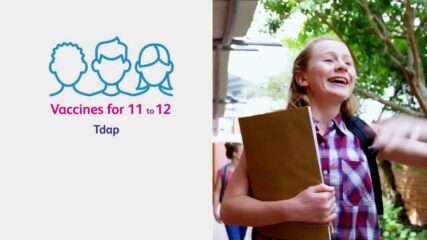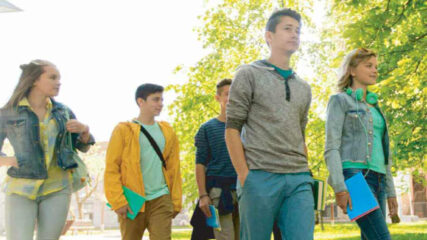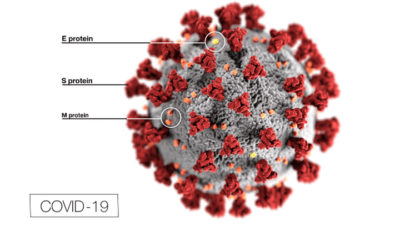
Understanding the COVID-19 Vaccines
Learn more about Adolescents and COVID-19 Vaccines
Since the COVID-19 pandemic began in March 2020, we have been bombarded with sometimes confusing information about COVID-19 care and prevention. Like many, adolescents and young adults – and their parents – have struggled to understand available information to make the best decisions for themselves. This resource is here to help answer your questions.
What do I need to know?
There are three vaccines authorized in the U.S. for COVID-19, but only one of the three is authorized for adolescents and young adults -- the Pfizer-BioNTech COVID-19 vaccine, which is authorized for people ages 5 years and older.
The Pfizer-BioNTech vaccine is administered with two shots, scheduled at least three weeks apart. Completing two shots is called completing the primary dose. It takes 2 weeks after the primary dose for the body to build protection against the virus that causes COVID-19.
Some people have reported arm soreness at the injection site, which generally goes away quickly. Some people experience short-term side effects after being vaccinated, such as tiredness, headache, or chills. These side effects may affect your ability to do daily activities, but they typically go away in a few days. These are normal signs that your body is building protection.
The CDC recommends that all people 12 and over receive a booster shot five months after their primary dose. A booster shot makes additional antibodies 24-48 hours after vaccination. Side effects to the booster dose are similar to the primary dose. You are considered up-to-date when you have received all recommended COVID-19 vaccines, including boosters.
How do vaccines work?
Vaccines work with your body’s natural defenses to safely develop immunity to disease. They familiarize your immune system with a specific disease-causing invader, or pathogen. Then your immune system recognizes and makes antibodies to that pathogen to fight the disease if you are infected in the future. Different vaccines do this in different ways by using different forms of the pathogen -- for example, a weakened (attenuated), inactivated, or component of the pathogen.
Importantly, vaccines don’t make you sick with the pathogen they’re designed to protect you from. Instead, they give your immune system a practice run at counteracting a weaker, inactivated or partial version of the pathogen.
What can you do to protect your teen?
Talk to your health care provider. They are ready to answer your questions and address your concerns.
Get members of your household the COVID-19 vaccine as soon as you can. The vaccine is the best protection against serious COVID-19 illness.
Continue mask-wearing, social distancing and other protocols in crowded environments to protect those at high risk.
Connect to and share Unity educational resources.
Resources for You
- Pfizer-BioNTech vaccine for individuals 5 years and older
- Moderna vaccine for individuals 6 years and older
- Johnson & Johnson vaccine for individuals 18 years and older
- Who needs to be trained
- Best practices
- What clinicians need to know about Pfizer-BioNTech and Moderna vaccines
- Allergic reactions, contraindications and precautions
- Influenza season preparedness from ASTHO
- CDC guidelines for back to school planning
Implement solutions to have children and adolescents receive their routinely recommended vaccinations, using this resource provided by Merck.
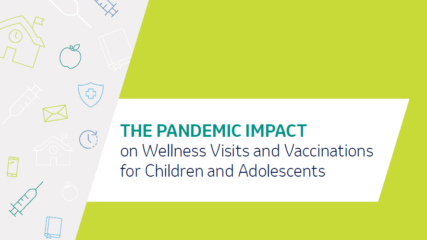
The Pandemic Impact on Wellness Visits and Vaccinations for Children and Adolescents
A panel discussion moderated by Dr. Chelsea Clinton, Vice Chair of The Clinton Foundation with
- Pia Valenzuela Escudero, Executive Director, Division of Student Health, Los Angeles Unified School District
- Holly Hunt, Chief, Population Health, National Center for Chronic Disease Prevention and Health Promotion
- Dr. Charles Irwin, Director, Division of Adolescent Health, UCSF November 30, 2020
- Robert Boyd, President, School Based Health Alliance
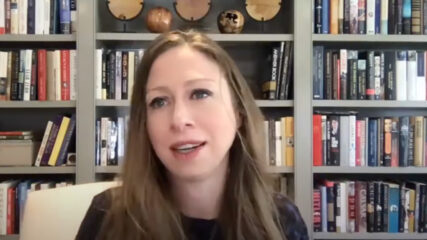
Supporting Families & Schools in Addressing Student Health
The UCSF adolescent and young adult clinic is balancing both in-person and telehealth visits to ensure high quality well-care is delivered during COVID-19. Dr. Irwin shares how the clinic maximizes touchpoints, and ensures a safe environment for in-person well-visits.
Dr Irwin: Experience on Using Telehealth to Care for Adolescents
Maintaining adolescent and young adult privacy and confidentiality during a telehealth visit is critical according to Dr. Irwin. Adaptations and flexibility are key components to success when it comes to accessing telemedicine resources
Dr Irwin: Challenges of Using Telehealth to Care for Adolescents
- Pfizer-BioNTech vaccine for individuals 5 years and older
- Moderna vaccine for individuals 6 years and older
- Johnson & Johnson vaccine for individuals 18 years and older
- CDC: How to protect yourself and others
- Healthy Children: Signs our teen may need more support
- Healthy Children: Challenges and opportunities during the outbreak
- Dr. Lisa Damour: How to manage a meltdown
- CDC Back to School planning checklist
- Healthy Children: Youth sports during COVID-19
What can teens expect when getting a COVID-19 vaccine?
- The Vaccine Makers Project: The Coronavirus Pandemic – Answering Your Questions
A panel discussion moderated by Dr. Chelsea Clinton, Vice Chair of The Clinton Foundation with
- Pia Valenzuela Escudero, Executive Director, Division of Student Health, Los Angeles Unified School District
- Holly Hunt, Chief, Population Health, National Center for Chronic Disease Prevention and Health Promotion
- Dr. Charles Irwin, Director, Division of Adolescent Health, UCSF November 30, 2020
- Robert Boyd, President, School Based Health Alliance

Supporting Families & Schools in Addressing Student Health
Protect & Connect Fact Sheet: Details on recommended adoleslescent vaccines and illnesses they protect.

Protect & Connect Fact Sheet
Protection from Vaccine-Preventable Diseases. Unity President talks about important vaccines recommended for teens at age 16 and Unity’s mission and resources
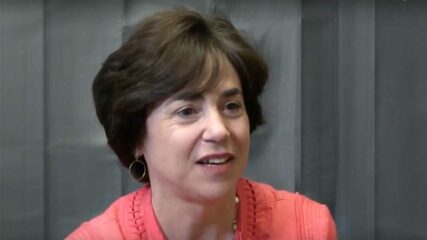
Judy Klein – Protection from Vaccine-Preventable Diseases
A quick reminder about the 2 vaccines to help protect against meningitis
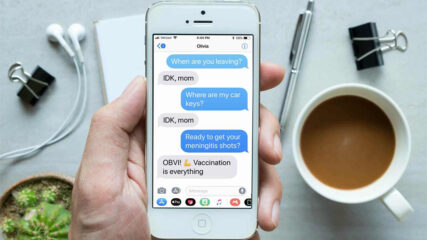
If Only You Could Vaccinate Via Text (Spanish Version Available)
A panel discussion moderated by Dr. Chelsea Clinton, Vice Chair of The Clinton Foundation with
- Pia Valenzuela Escudero, Executive Director, Division of Student Health, Los Angeles Unified School District
- Holly Hunt, Chief, Population Health, National Center for Chronic Disease Prevention and Health Promotion
- Dr. Charles Irwin, Director, Division of Adolescent Health, UCSF November 30, 2020
- Robert Boyd, President, School Based Health Alliance

Supporting Families & Schools in Addressing Student Health
Raising Awareness of Teen Vaccines Needed: Protection is a Snap.

Protection is a Snap (Spanish Version Available)
Click the icons below to share or print this information.


